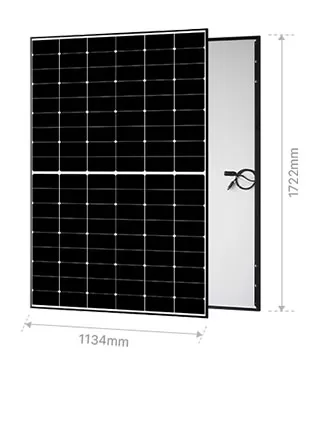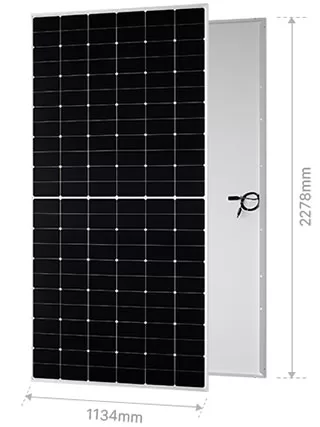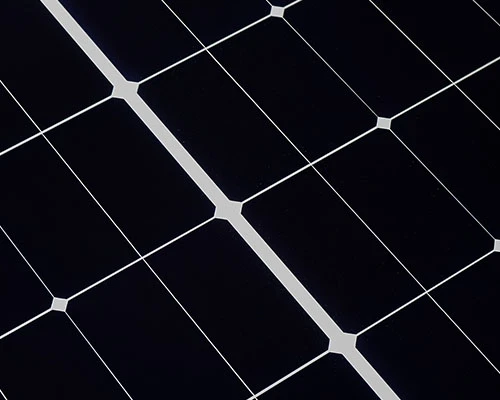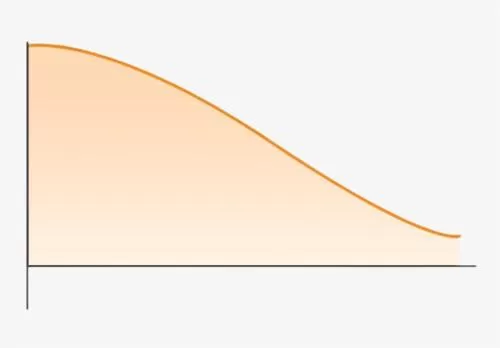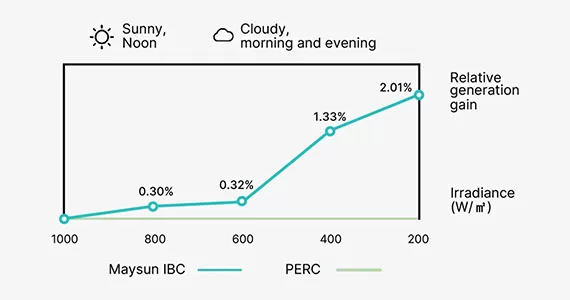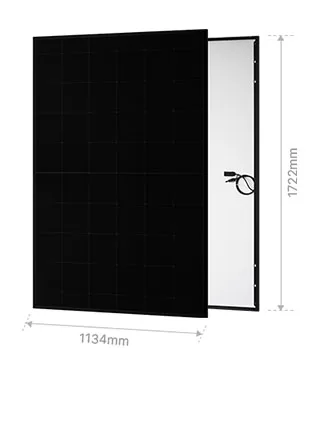
Mono IBC 182mm 108 Cells
Maysun Solar 410W-440W IBC Full Black Solar Panel
The Preferred Choice for European Family Rooftops
✓ Power: 410W 415W 420W 425W 430W 435W 440W
✓ Efficiency: 21-22.5%
✓ Dimensions (L × W × H): 1722 x 1134 x 30 mm
✓ Weight: 20.8kg
✓ Packaging: 36 pieces/pallet, 936 pcs/40’HQ
✓ Warranty: 25-year performance warranty

